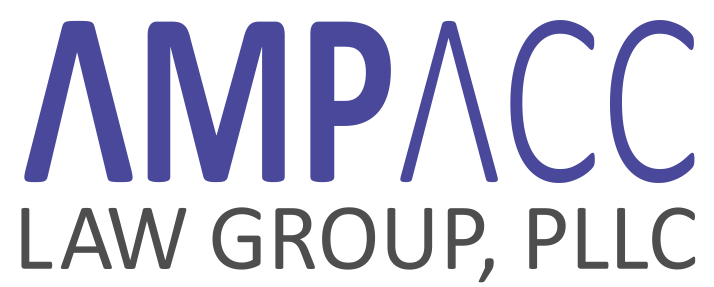In Teva v. Sandoz, 574 U.S. ___ (2015), available at http://www.supremecourt.gov/opinions/14pdf/13-854_o7jp.pdf, the Supreme Court held that, in determining issues in claim construction, the Federal Circuit must review a trial court’s factual conclusions for clear error. The Federal Circuit may continue reviewing legal conclusions de novo, or without deference. This pivotal case overturns the Federal Circuit’s previous methodology, in which the court reviewed all issues of claim construction de novo.
In Markman v. Westview Instruments, 517 U.S. 370, 372 (1996), the Supreme Court held that patent claim construction was exclusively in the purview of judges, rather than juries. The Federal Circuit interpreted Markman as essentially designating claim construction as a purely legal interpretive exercise, even when related factual issues arose. Cybor Corp. v. FAS Techs., Inc., 138 F.3d 1448, 1454 (Fed. Cir. 1998) (en banc). As a result, the Federal Circuit did not apply Federal Rule of Civil Procedure 52(a)(6), which requires appellate courts to defer to factual findings by trial courts unless there is clear error. Since the Federal Circuit could review every aspect of a district court’s claim construction without deference, the Federal Circuit has notoriously reversed a high percentage of claim construction determinations on appeal.
The Supreme Court overturned the Federal Circuit’s interpretation of Markman in Teva. The Supreme Court held that Rule 52(a)(6) does apply to some elements of claim construction. Specifically, the Court compared claim construction to judicial construction of other legal documents, such as deeds and contracts. The Court observed that when legal documents are construed by courts as a matter of law, ambiguities in those documents at times requires determination of “subsidiary” factual questions, by, for example, taking testimony or other evidence extrinsic to the legal document itself.
Thus, the Court noted two sources of authority for claim construction: intrinsic evidence and extrinsic evidence. Intrinsic evidence includes the claims, specification, and prosecution history. When intrinsic evidence leaves a term ambiguous, a court may need to turn to extrinsic evidence, which includes expert testimony, dictionary definitions, and other sources outside of the patent. The Court held that the Federal Circuit could review intrinsic evidence de novo, but had to review a court’s conclusions on extrinsic evidence under Rule 52(a)(6)’s clear error standard. A court’s claim construction remains a question of law, despite the existence of factual underpinnings.
The Supreme Court’s decision in Teva creates several new issues for the Federal Circuit to sort out. As the Court itself noted, the line between factual considerations and legal questions and intrinsic evidence and extrinsic evidence is not always clear. For example, prosecution history is a type of intrinsic evidence, but prosecution history can include references to extrinsic evidence, such as citations to dictionaries or other sources outside the application. Thus, Teva seems to suggest that evidence raised during prosecution can be reviewed without deference, but that same evidence raised during trial must be reviewed with deference.
This case represents another step by the Supreme Court to reign in the Federal Circuit’s support of patent exceptionalism. The Court has once again clarified that patent issues are no different than other areas of law, and that the Supreme Court disfavors specialized procedural rules for patent cases.
